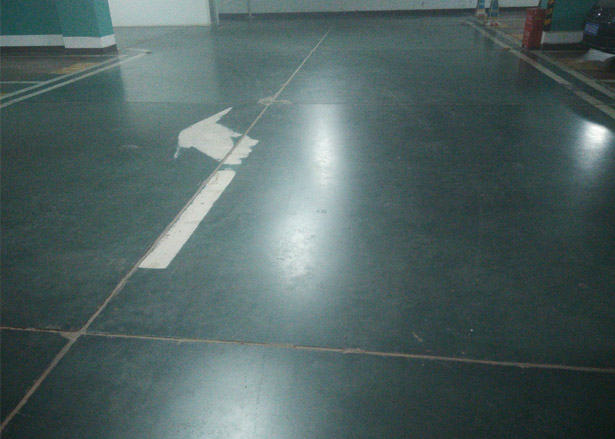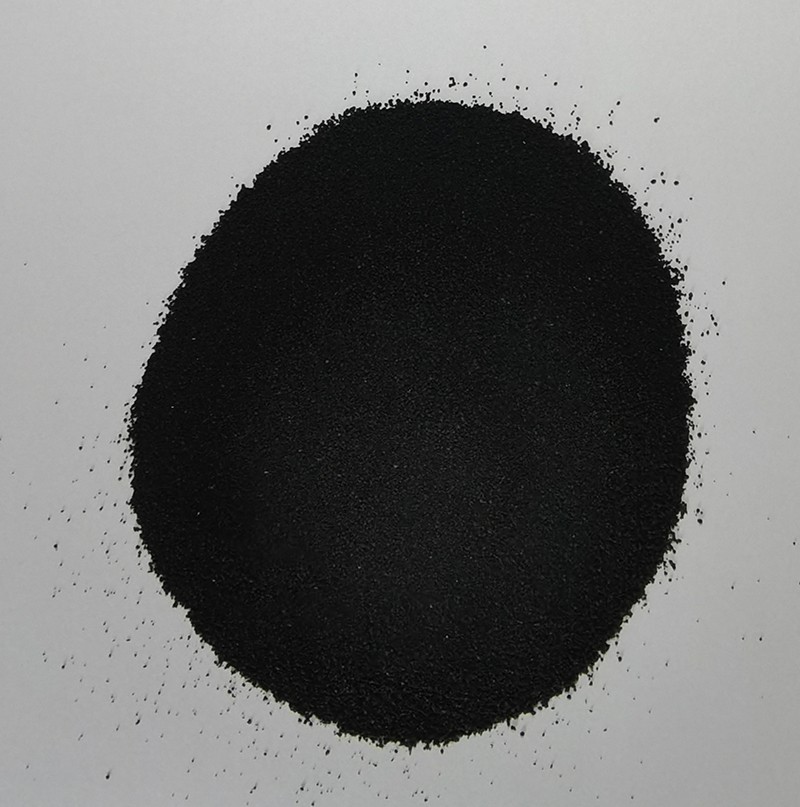Friction and sealing materials play a pivotal role in the performance and reliability of hydraulic systems, which are essential in various applications ranging from industrial machinery and automotive systems to aerospace engineering and advanced robotics. Understanding the characteristics and applications of these materials is critical for engineers and designers aiming to optimize hydraulic performance and reduce maintenance costs.
The core function of friction materials in hydraulic systems is to ensure efficient energy transfer while minimizing wear and tear on components. These materials are engineered to withstand high levels of pressure, temperature, and fluid exposure, making them vital for the longevity and functionality of hydraulic systems. Commonly used friction materials include specialized composites, organic materials, and metals, each offering unique benefits tailored to specific applications. For example, organic friction materials are known for their excellent noise-dampening properties, making them suitable for environments where sound reduction is critical.
Sealing materials, on the other hand, are crucial for preventing leakage and maintaining the integrity of hydraulic circuits. They must be resilient against corrosive fluids, extreme temperatures, and various pressures. The performance of hydraulic systems heavily relies on the effectiveness of sealing materials such as elastomers, thermoplastics, and metals. Each material class has distinct properties: elastomers often provide flexibility and a tight seal, while thermoplastics can endure higher temperatures and pressures. Understanding the interaction between hydraulic fluids and sealing materials is vital for selecting the most appropriate components for specific conditions.
Moreover, advancements in material science continually enhance the capabilities of friction and sealing materials. Innovations such as self-lubricating composites and advanced elastomers are being developed to improve wear resistance and extend the operational lifespan of hydraulic components. These advancements not only increase system efficiency but also contribute to sustainability by reducing the need for frequent replacements and repairs.
To ensure optimal performance, design engineers must consider factors like thermal conductivity, compatibility with hydraulic fluids, and the operational environment of the hydraulic system. This comprehensive approach to material selection is essential for achieving durability, reliability, and efficiency in hydraulic applications.
In conclusion, a thorough understanding of friction and sealing materials is integral to designing and maintaining hydraulic systems. By leveraging expert knowledge and experience in material properties and applications, engineers can significantly enhance the performance and reliability of these systems, thus contributing to the advancement of various industries reliant on hydraulic technology.
Show More >>
PRODUCTS
You are welcome to contact us at any time, please write the message here and we will reply you in 24 houre. thanks foryour support.
NEWS
May.22, 2019



